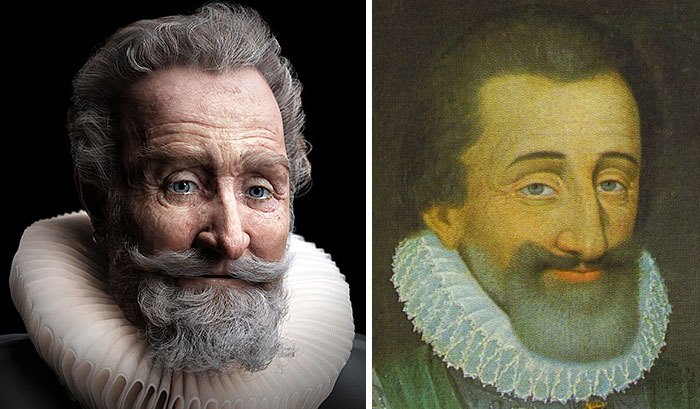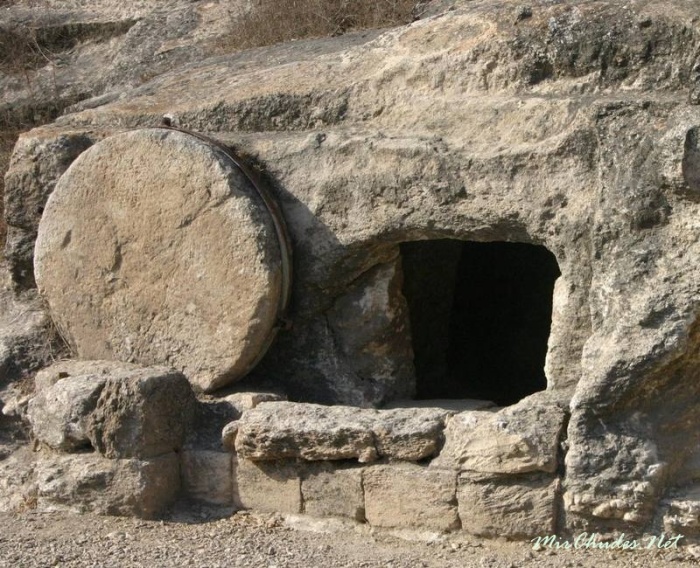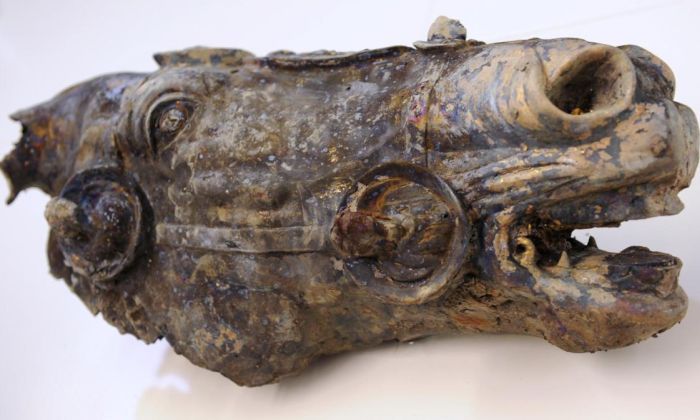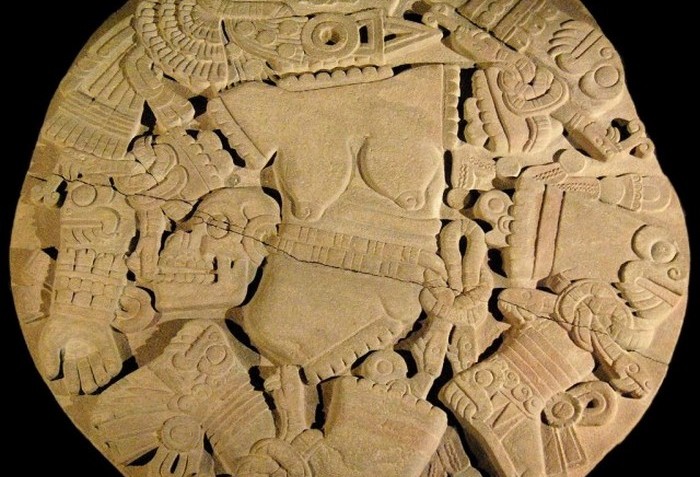Coffins, torpedoes, grave safes and other strange things, with which in the XIX century, struggled with the abduction of corpses
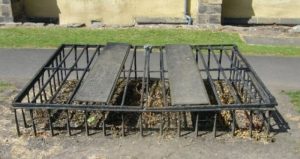 The beginning of the 1800s in Britain and America was marked by a rapid surge of scientific and medical discoveries. The study of anatomy and surgery has become extremely popular. This led to the terrible practice of trafficking in corpses. Grieving families could no longer bury their departed relatives and be sure that their bodies would rest in peace. Around the cemeteries, late in the evening, people roamed in search of “fresh” graves. Their goal was to remove the corpse from the grave and sell it to the doctors. As a result, people began to invent a variety of ways to protect the graves from vandals.
The beginning of the 1800s in Britain and America was marked by a rapid surge of scientific and medical discoveries. The study of anatomy and surgery has become extremely popular. This led to the terrible practice of trafficking in corpses. Grieving families could no longer bury their departed relatives and be sure that their bodies would rest in peace. Around the cemeteries, late in the evening, people roamed in search of “fresh” graves. Their goal was to remove the corpse from the grave and sell it to the doctors. As a result, people began to invent a variety of ways to protect the graves from vandals.
1. Mortseif – tomb safe in the British
Mortseifs were very heavy iron cells that were half digging into the ground above the coffin so that no one could dig it out. Such cells were left above the graves for up to 10 weeks, until the bodies were decomposed so as to be unsuitable for dissection. Sometimes the cells were left in place for long.
In those days, Edinburgh was a surgical school that was considered the center of excellence in the study of anatomy and surgery. Two local residents (William Burke and William Hare) provided a constant supply of corpses, due to which many discoveries were made. However, the residents of Edinburgh clearly did not like it, which is why they began using mart-safes, as well as taking a number of other precautionary measures.
2. Iron Coffins
Rich families sometimes made completely iron coffins, so that the kidnappers of the bodies did not get to the remains inside. An iron coffin with a soldered lid, dating back to 1819, was discovered in London at St. Bride’s Church on Fleet Street. And the body of a boy found in an iron coffin near Washington was buried in the 1850s. Manufacturers of such gizmos ensured that some patented coffins would be protected from unauthorized access. To lower such coffins into the ground, special lifting equipment was required. This made it difficult for the cemetery keepers, who were often reluctant to accept iron coffins.
3. Morthaus
The Morthaus were fortified and protected buildings that were used to store bodies for a certain time before the burial to make the bodies unsuitable for autopsy. Several bodies were stored in each morthouse for a fee, and they remained inside for several weeks, until they partially decomposed. The construction of the Morthaus was very safe, since such buildings were built in the form of prisons and bank vaults.
Thus, the Morthouse at Beelve near Aberdeen was built from large granite blocks. It had one doorway with a double door. The inner door was covered with a sheet of iron and had a massive lock. The outer door was made of solid oak boards, fastened with iron bolts, and locked with two large mortise locks. To get to the keyholes, it was necessary to pass two more grids of strong iron rods locked to a huge lock. And in addition, do not forget about security.
4. Deferred burial
For those who could not afford a place in the morthouse, there was an opportunity to keep the body at home until it decomposed. Hardly anyone today will find this pleasant. The relatives of the deceased also mixed the land in which the body was to be buried with straw, so that it would be harder to dig it out. But with all the well-thought-out measures taken by the rich, the departed in poor families were especially vulnerable. The fines for digging up the body were relatively minor until the criminals took any property of the deceased with them. That is why the corpse was stripped and clothes thrown back into the grave.
5. Mortstone
The graves were most often looted in the first week or two after the funeral, when the corpse was still “fresh”, and the soil with which the coffin was thrown was not yet rammed. As a temporary measure, the Mortstone was sometimes used – huge stones that put graves on top. In Inverury near Aberdeen, several such funerary stones can still be found in the cemetery. A special winch was required to lift such a stone from a place and reach the grave. Lifting equipment stored in cemeteries was quite expensive and was carefully guarded so that grave robbers did not get to it.
6. Attendants
Relatives often took turns sitting on the grave every night for the first week to scare off the robbers. Sitting in the dark next to the grave, awaiting the appearance of the grave plunderers, could not be an easy task. But people were so afraid of the fact that the corpse of their relatives was stolen “for experiments”, that they did this. Moreover, at that time it was a popular belief that the body must be “whole” in order to go to heaven.
